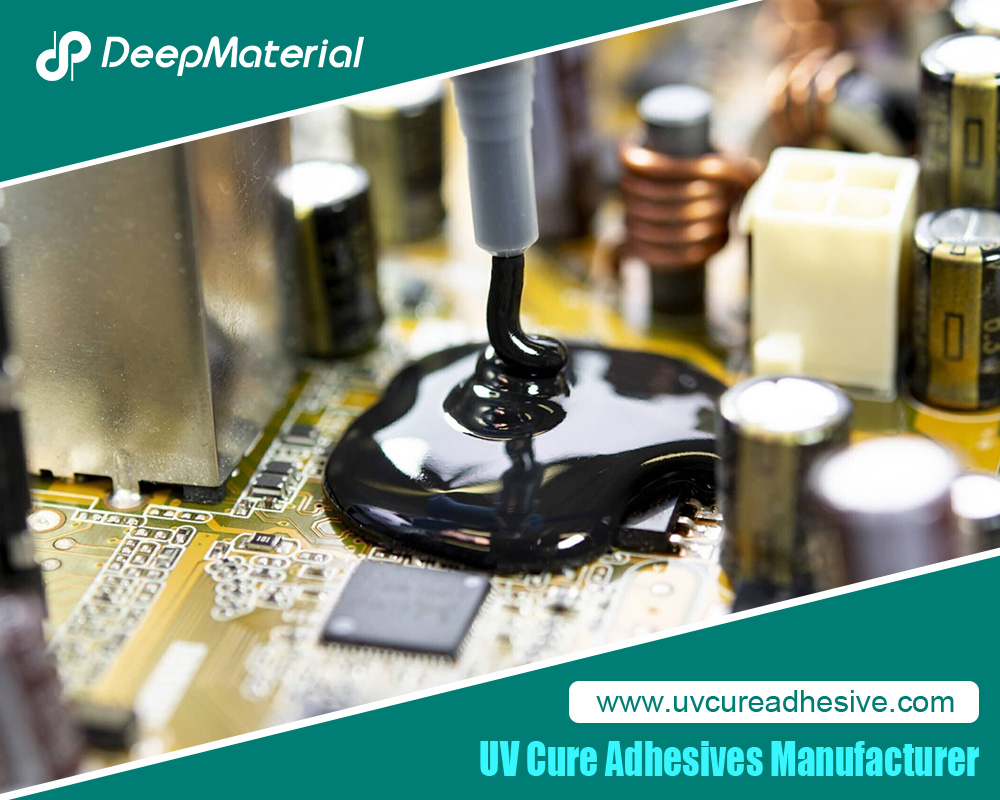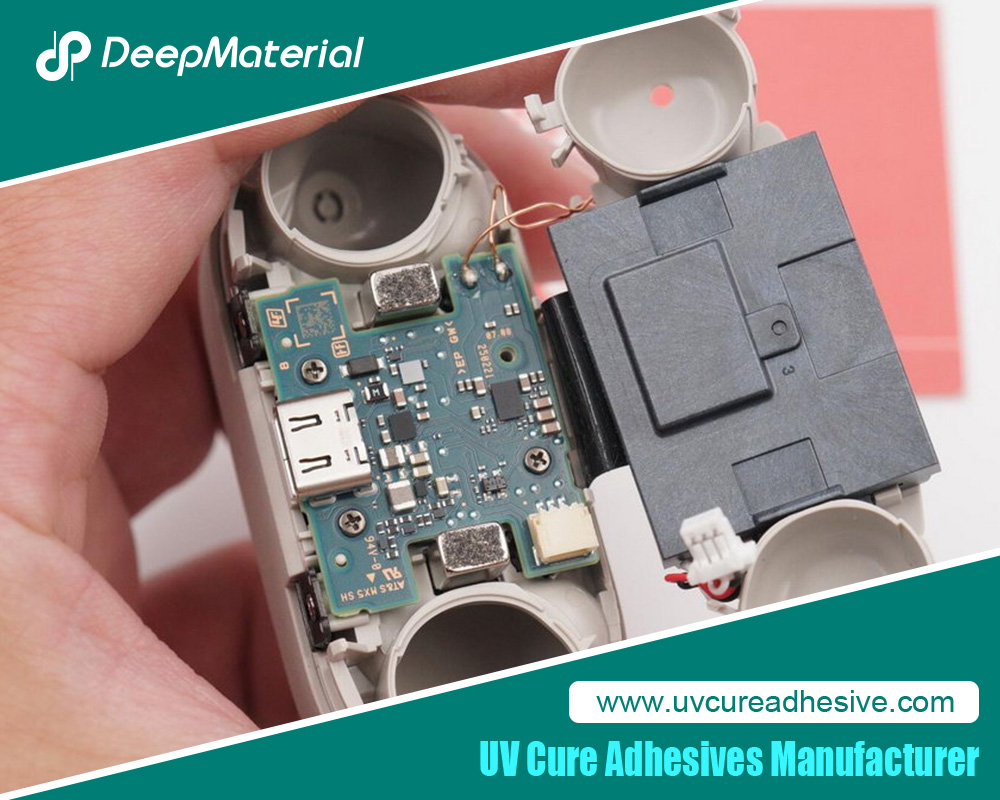Flexible UV-Curing Adhesives: Revolutionizing Bonding Technologies
Adhesives have long played a critical role in various industries, providing solutions for bonding materials where mechanical fasteners fall short. Among the myriad of adhesives available, UV-curing adhesives stand out due to their unique properties and advantages. This article delves into the realm of flexible UV-curing adhesives, exploring their composition, benefits, applications, and future prospects. These adhesives, which cure upon exposure to ultraviolet (UV) light, offer a compelling blend of performance and versatility, making them indispensable in modern manufacturing and assembly processes.
What Are UV-Curing Adhesives?
UV-curing adhesives are a subset of adhesives that undergo a polymerization reaction upon exposure to UV light. This curing process transforms the adhesive from a liquid or paste into a solid state, creating a strong bond between substrates. The primary advantage of UV-curing adhesives is their rapid curing time, which can range from a few seconds to minutes, significantly enhancing production efficiency.
Composition and Chemistry of UV-Curing Adhesives
The chemistry of UV-curing adhesives is primarily based on photopolymerization. This process involves the absorption of UV light by photoinitiators, which then generate reactive species such as free radicals or cations. These reactive species initiate the polymerization of monomers and oligomers present in the adhesive formulation, leading to the formation of a solid polymer network.
Key Components:
- Photoinitiators: These are compounds that absorb UV light and produce reactive species. Common photoinitiators include benzoin ethers, benzil ketals, and acylphosphine oxides.
- Monomers and Oligomers: These are the building blocks of the adhesive. Monomers are low molecular weight molecules, while oligomers are slightly larger. Acrylates and methacrylates are commonly used due to their rapid polymerization rates.
- Additives: These include stabilizers, adhesion promoters, and flexibilizers. Stabilizers prevent premature polymerization, adhesion promoters enhance bonding to various substrates, and flexibilizers impart flexibility to the cured adhesive.
Flexible UV-Curing Adhesives
Traditional UV-curing adhesives are often rigid, which limits their use in applications requiring flexibility and durability under dynamic stresses. Flexible UV-curing adhesives address this limitation by incorporating components that provide elasticity and elongation. These adhesives can withstand mechanical stress, vibration, and thermal expansion without cracking or losing adhesion.
Composition of Flexible UV-Curing Adhesives:
- Flexible Oligomers: Oligomers with flexible backbones, such as urethane acrylates or silicone-based materials, are used. These oligomers impart elasticity and improve the adhesive’s ability to absorb stress.
- Plasticizers: These are added to increase the flexibility of the cured adhesive. Common plasticizers include phthalates, adipates, and phosphates.
- Elastomers: Incorporating elastomeric materials like rubber particles or thermoplastic elastomers enhances the flexibility and toughness of the adhesive.
Advantages of Flexible UV-Curing Adhesives
- Rapid Curing: One of the most significant advantages is the speed of curing. UV-curing adhesives can cure in seconds to minutes, drastically reducing production times.
- Flexibility: These adhesives can maintain strong bonds while accommodating movements and expansions, making them ideal for applications involving dynamic loads and thermal cycling.
- Strong Adhesion: Flexible UV-curing adhesives provide excellent adhesion to a variety of substrates, including metals, plastics, glass, and composites.
- Environmental Resistance: They exhibit good resistance to environmental factors such as moisture, chemicals, and UV light, ensuring long-term performance.
- Precision: The ability to control the curing process with UV light allows for precise application and bonding, reducing waste and improving the quality of the finished product.
- Safety and Environmental Benefits: UV-curing adhesives are typically solvent-free, reducing the emission of volatile organic compounds (VOCs) and improving workplace safety.
Applications of Flexible UV-Curing Adhesives
Flexible UV-curing adhesives are used across various industries, including electronics, automotive, medical devices, and consumer goods. Their unique properties make them suitable for applications requiring both flexibility and strong adhesion.
Electronics
In the electronics industry, flexible UV-curing adhesives are used for bonding components, encapsulating circuits, and protecting delicate assemblies. They provide excellent adhesion to a variety of materials used in electronics, such as metals, ceramics, and polymers. Their flexibility allows them to absorb mechanical stress and thermal expansion, protecting electronic components from damage.
Applications in Electronics:
- Bonding and sealing of display panels.
- Encapsulation of sensors and microchips.
- Securing components on printed circuit boards (PCBs).
- Assembly of flexible printed circuits (FPCs).
Automotive
The automotive industry benefits significantly from flexible UV-curing adhesives due to their ability to withstand harsh conditions and dynamic stresses. They are used in various applications, including bonding interior and exterior components, sealing joints, and protecting electrical connections.
Applications in Automotive:
- Bonding of trim and interior panels.
- Sealing of headlamps and taillights.
- Assembly of electronic control units (ECUs).
- Bonding of sensors and cameras for advanced driver-assistance systems (ADAS).
Medical Devices
Medical device manufacturing requires adhesives that can bond diverse materials, withstand sterilization processes, and maintain biocompatibility. Flexible UV-curing adhesives meet these requirements, making them ideal for assembling medical devices and components.
Applications in Medical Devices:
- Bonding of catheters and tubing.
- Assembly of disposable medical devices.
- Encapsulation of electronic components in medical equipment.
- Bonding of diagnostic device components.
Consumer Goods
In the consumer goods sector, flexible UV-curing adhesives are used for assembling products that require durability, aesthetic appeal, and resistance to environmental factors. They are ideal for applications where traditional adhesives might fail due to lack of flexibility.
Applications in Consumer Goods:
- Assembly of wearable devices and smartwatches.
- Bonding of sports equipment.
- Assembly of household appliances.
- Bonding of decorative elements in furniture.
Challenges and Solutions
Despite their numerous advantages, flexible UV-curing adhesives also face certain challenges. These include limitations in curing depth, substrate compatibility, and the initial cost of UV-curing equipment. However, ongoing research and technological advancements are addressing these issues, expanding the applicability and performance of these adhesives.
Curing Depth
UV light has limited penetration depth, which can be a challenge when bonding thick or opaque materials. To overcome this, manufacturers use advanced photoinitiators that can absorb and initiate polymerization at different wavelengths, improving curing depth and efficiency.
Substrate Compatibility
Some substrates may be sensitive to UV light or may not allow effective adhesion. Surface treatments, primers, and adhesion promoters are used to enhance bonding to challenging substrates. Additionally, dual-cure systems that combine UV curing with other curing mechanisms, such as moisture or heat curing, are developed to address these compatibility issues.
Equipment Cost
The initial investment in UV-curing equipment can be high. However, the long-term benefits, including increased production speed, reduced waste, and improved product quality, often justify the investment. Additionally, advancements in UV-LED technology are reducing equipment costs and energy consumption, making UV-curing systems more accessible.
Future Prospects
The future of flexible UV-curing adhesives looks promising, driven by ongoing research and innovations. Emerging trends and advancements are set to further enhance their performance and broaden their application scope.
Advanced Photoinitiators
The development of new photoinitiators that can initiate polymerization at lower energy levels and across a broader spectrum of UV light will enhance the efficiency and versatility of UV-curing adhesives.
Nanotechnology
Incorporating nanoparticles into adhesive formulations can improve properties such as adhesion, thermal stability, and mechanical strength. Nanoparticles can also enhance the UV absorption capabilities, leading to faster and more efficient curing.
Bio-Based Adhesives
With increasing environmental concerns, there is a growing interest in developing bio-based and sustainable UV-curing adhesives. Research is focused on utilizing renewable resources to create environmentally friendly adhesive formulations without compromising performance.
Smart Adhesives
Smart adhesives that respond to external stimuli such as temperature, pH, or electric fields are being explored. These adhesives can offer on-demand adhesion and de-bonding capabilities, providing innovative solutions for various applications.
Conclusion
Flexible UV-curing adhesives represent a significant advancement in adhesive technology, offering rapid curing, strong adhesion, and the ability to withstand dynamic stresses. Their unique properties make them suitable for a wide range of applications across various industries, from electronics and automotive to medical devices and consumer goods. Despite challenges, ongoing research and technological advancements continually improve their performance and expand their applicability. As we move towards more demanding and sophisticated manufacturing processes, flexible UV-curing adhesives will undoubtedly play a crucial role in shaping the future of bonding technologies.
For more about the flexible UV-curing adhesives: revolutionizing bonding technologies, you can pay a visit to DeepMaterial at https://www.uvcureadhesive.com/ for more info.




